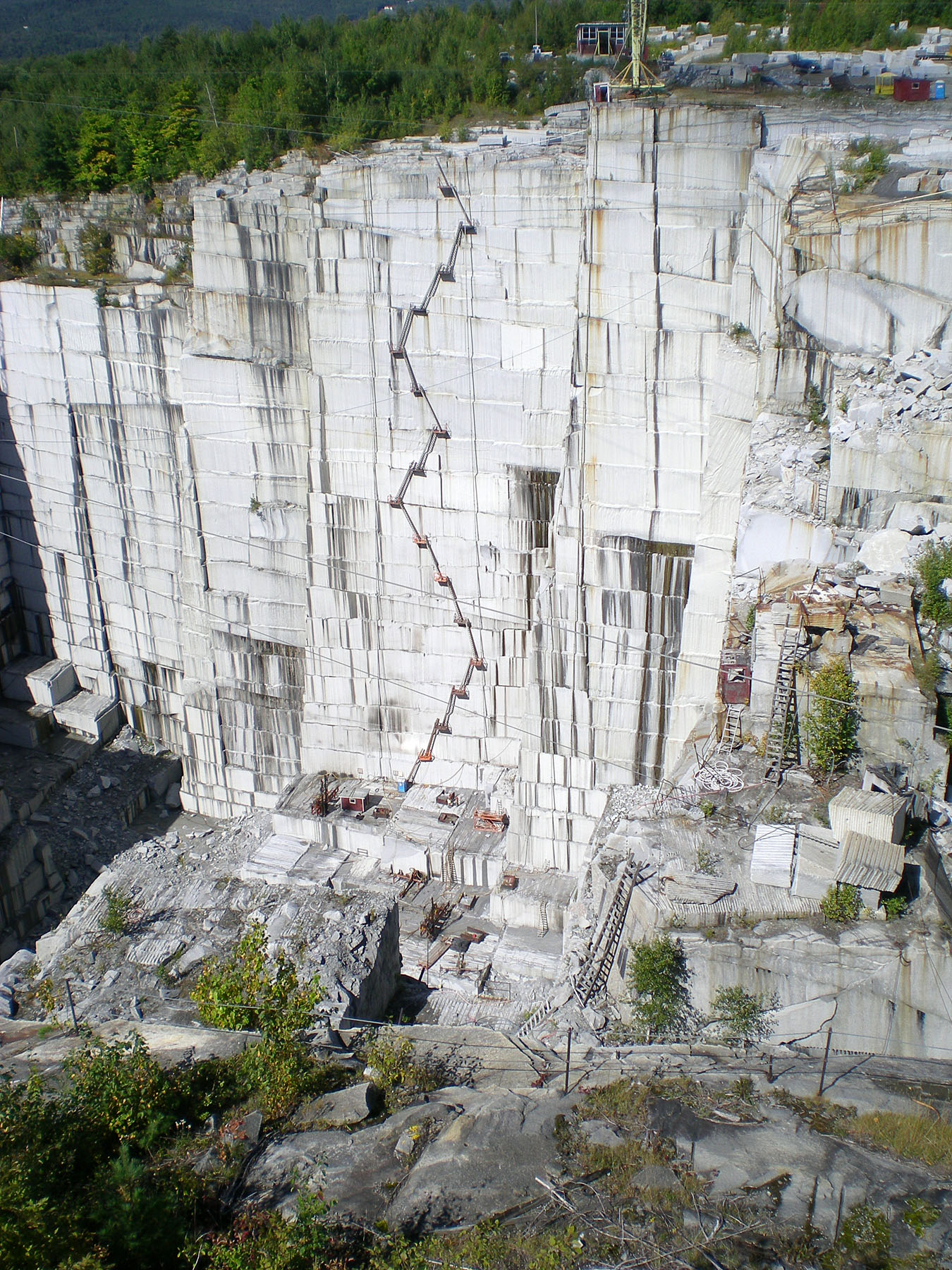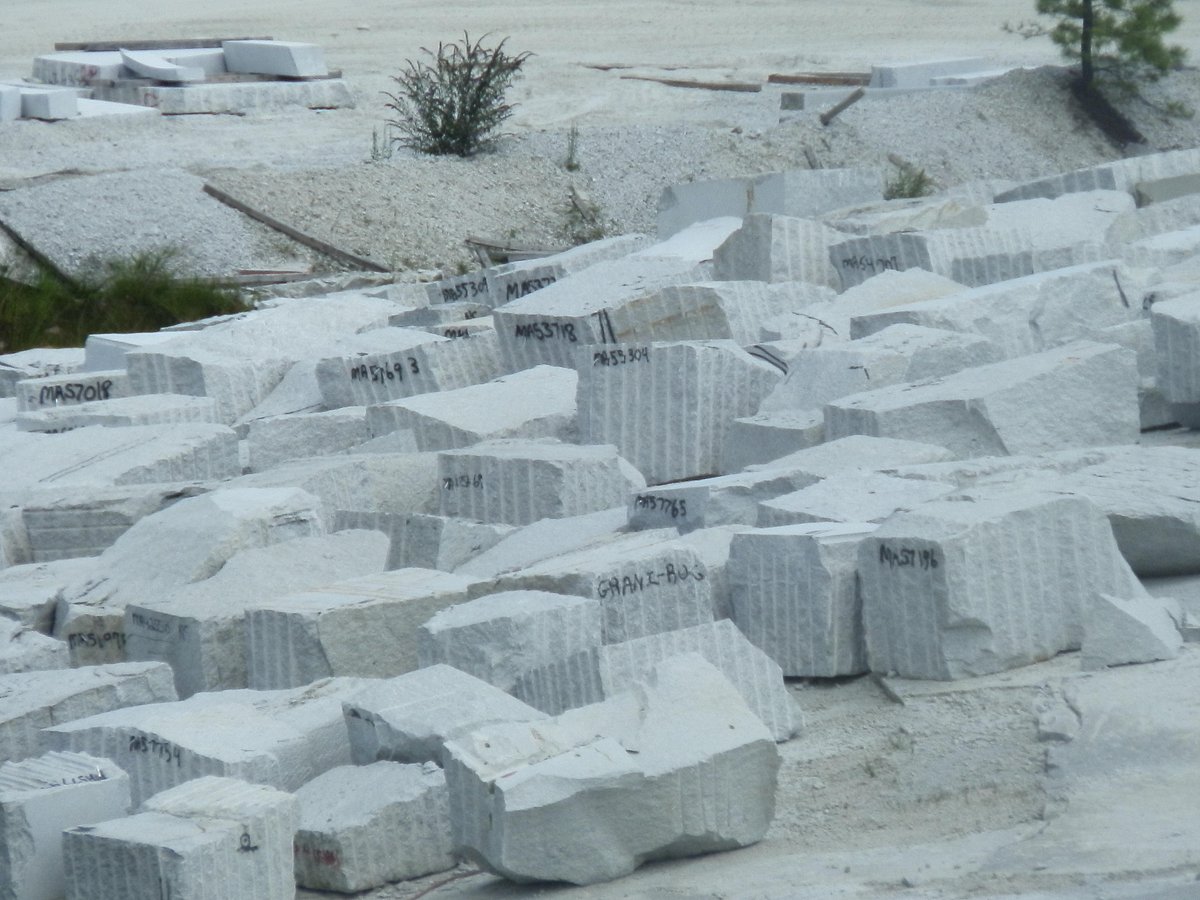Discovering the Rich History and Lasting Practices of Granite Quarrying
As we stand on the precipice of revealing the elaborate tapestry of granite quarrying, a journey through time reveals not simply the physical act of drawing out rock but likewise the social and historical relevance woven right into the very textile of this practice. From the ancient beginnings that laid the structure for contemporary quarrying methods to the lasting practices that are shaping the future of this sector, each chisel mark on granite surfaces narrates waiting to be unearthed (granite quarries in south africa). The legacy of granite quarrying extends much past mere removal; it is a testimony to human ingenuity, durability, and the long-lasting attraction of this stunning rock
Ancient Origins of Granite Quarrying
Dating back to ancient civilizations, the method of quarrying granite has actually been an important component of human background and architectural innovation. The earliest proof of granite quarrying days back to old Egypt, where huge pyramids and detailed sculptures were crafted from this durable stone. The Egyptians utilized primitive tools to draw out granite blocks from quarries, showcasing the value of this product in their huge building and constructions.
Progressing in background, the Greeks also made significant contributions to the quarrying of granite. The Greeks utilized granite in numerous building wonders, such as holy places and statuaries, showing their skill in shaping and sculpting this hardy stone. The Romans additionally fine-tuned the strategies of quarrying granite, using innovative devices like knives and hammers to remove and shape granite for their legendary frameworks.
Via the centuries, the practice of quarrying granite has actually developed, with contemporary technologies boosting performance while maintaining the ageless appeal of this natural rock - granite quarries in south africa. From old people to contemporary home builders, the tradition of granite quarrying continues to form our globe
Development of Quarrying Techniques
The advancement of quarrying strategies has been noted by a continual progression in the direction of better effectiveness and precision in removing granite. From the primary techniques employed by our forefathers to the advanced technologies utilized in modern-day quarrying operations, the sector has undergone substantial improvements. Early quarrying techniques involved manual work with fundamental tools such as chisels, hammers, and wedges to draw out granite blocks from the earth. As people advanced, techniques like fire-setting and primitive dynamites were introduced to assist in the removal process.
In more current times, the introduction of equipment reinvented the quarrying sector, allowing quicker extraction prices and boosted efficiency. Technologies such as diamond cable saws, high-pressure water jets, and pneumatically-driven drills have ended up being basic in modern-day quarries, enabling for accurate cutting and lowered waste. Moreover, advancements in computer-controlled devices and 3D modeling have optimized quarrying operations, causing very little ecological effect and boosted sustainability methods. As the demand for granite continues to rise, the development of quarrying techniques continues to be integral to meeting industry needs efficiently and sustainably.
Cultural Relevance of Granite
Granite holds an extensive cultural significance across various civilizations due to its long-lasting existence in architectural masterpieces and revered monuments. From the marvelous pyramids of Egypt to the complex carvings of the Angkor Wat temple in Cambodia, granite has been a material of choice for sharing majesty and long life in social heritage. In old Rome, granite columns embellished holy places and public structures, representing stamina and permanence. The cultural significance of granite extends past its physical features; it personifies strength, security, and eternity, making it a sign of withstanding legacies and practices.

Sustainable Practices in Quarrying
In the middle of the abundant background of granite quarrying and its cultural importance lies an expanding focus on sustainable methods within the market. As environmental awareness and issues about source deficiency have actually increased around the world, the quarrying market has increasingly welcomed sustainable techniques to reduce its effect on the setting and bordering neighborhoods.

Additionally, reclamation and rehabilitation of quarry sites post-extraction are integral to sustainable practices. By restoring quarried locations to an all-natural or beneficial state, such as creating wild animals environments or entertainment rooms, quarriers can balance out the environmental impact of their operations and contribute positively look at here now to the local ecosystem.
Legacy of Granite Quarrying
With a historic background soaked in craftsmanship and industrial development, what withstanding impact has granite quarrying left on the landscape of modern society? The legacy of granite quarrying transcends mere removal techniques; it has actually formed architectural marvels, metropolitan landscapes, and cultural heritage worldwide. The resilient nature of granite has made it a recommended selection for monoliths, structures, and facilities, standing as a testament to the skill and creativity of quarry workers across generations.
Furthermore, the economic impact of granite quarrying can not be forgotten. The market proceeds to give job opportunity and drive neighborhood economic climates in regions where granite extraction prevails. It has actually additionally stimulated technological improvements in quarrying methods and equipment, causing much more efficient and lasting techniques.
In terms of sustainability, the heritage of granite quarrying includes initiatives to alleviate environmental impacts with recovery projects and accountable source administration. By stabilizing economic rate of interests with ecological stewardship, the sector strives to guarantee that future generations can remain to profit from this enduring natural resource.
Final Thought
